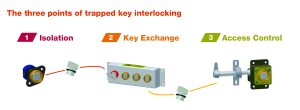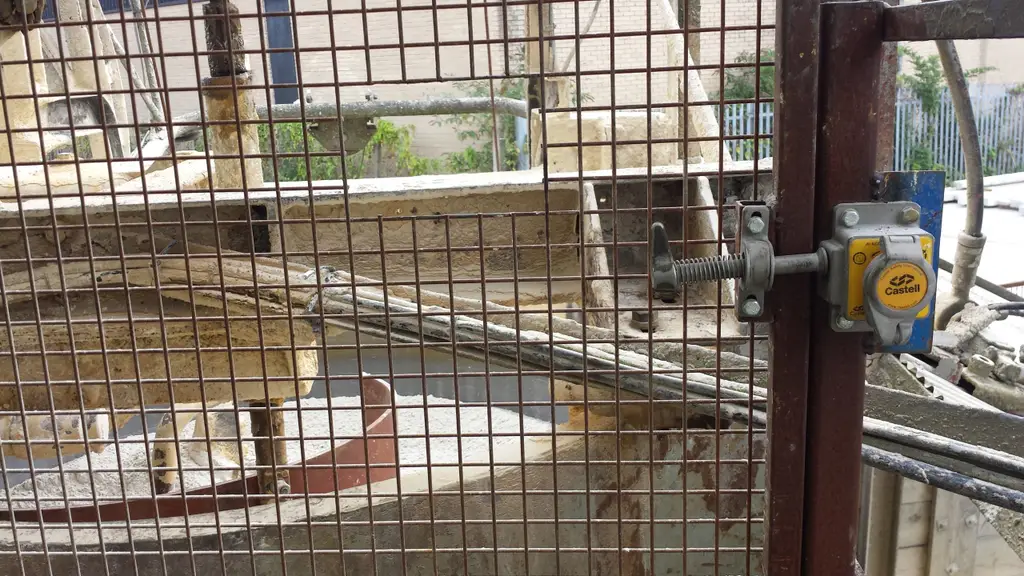Definitions
ISO standards have always been viewed as guidance of best practice. The standards have been formalised to improve process, products and services to make them safer, more reliable to a set of benchmarked and measurable standards. A standard is usually established through consensus and collective work of a work group who have best industry knowledge and expertise in the subject matter. This would include the ISO standards committee and other governing bodies. There is no enforcement to follow ISO standards, but it is good practice to do so to help reach a common goal for all interested parties.
Directives are however enforceable. Directives represent legal requirements outlined by legal frameworks which in turn require member states to fulfil the requirements of the Directives. Businesses that are required to operate in these frameworks must be able to evidence this through technical construction files in relation to their products and services.
How do businesses comply?
Businesses should take the necessary steps to familiarise themselves with all the requirements of the relevant standards and directives. Product or process can be assessed by undertaking Risk Assessments, Failure Mode Effect Analysis, MTTFd calculations, rigorous testing, other calculations or other areas of assessment criteria. These outputs should also be documented and retained in the manufacturer’s technical construction files.

Directives, Standards & Relationship with TKI
There are a number of standards and directives that manufacturers of trapped key interlocks or safety components can consider when determining how their products will meet the needs of the market. Some examples of these are as follows:
1. 2006-42-EC Machinery Directive
This directive covers a range of elements to be considered when building a machine or safety component. We need to consider how the machine or safety related component will operate from a safety perspective. For example, a dangerous machine requires a form of guarding or protection for the operator which in turn needs to be monitored as well as part of the safety function. More specifically, when the guard is open the machine will not run. A robust way to monitor and control this is through trapped key interlocking. There are other directives that relate to interlocks for example Low Voltage Directive, EMC and ATEX.
2. EN 14119:2013 Interlocking Devices Associated with Guards
A well recognised standard for guard locking is EN 14119. This is based on the principle for design and selection and has been harmonized in the 2006-42-EC Machinery Directive. This standard considers guarding technology and gives guidance on interlocking devices associated with the guards. It refers to general principles for all different types of safety related components and products for safety sensing or interlocking machinery.
3. EN IS0 13849-1:2015 Safety Related Control Systems
This standard focuses on safety of machinery and safety related parts of control systems and refers to general principles of design. This has traditionally been linked to trapped key interlocking products and what they achieve.
4. ISO/TS 19837:2018 Safety of Machinery – Trapped Key Interlocking Devices
Finally, we have a newer technical standard ISO/TS 19837:2018 that focuses on safety of machinery – trapped key interlocking devices – principles for design and selection. This is the first time there has been a specific standard for design and selection of trapped key interlocking which is great news for designers and manufacturers. This standard homes in thoroughly on all the features and requirements that trapped key interlocking products should meet such as mechanical life expectancy, loads, switching, monitoring and terminology for example. The standard is a good reference point for trapped key manufacturers and designers and was produced through the collaboration of manufacturers, industry experts, British Standards Institute and other relevant bodies. Copies can be obtained through the BSI website. Castell Safety played a key part in developing this standard having a representative member of its top management team form part of the committee.

Conclusion
Having a robust compliance process which involves third party testing, safety function assessments, standards and directives conformity and technical construction files is essential for trapped key interlocking systems, and the industries they serve. By adhering to all the relevant harmonised standards and directives and applying them to trapped key interlocking products means we can continue proactively to make products with integrity and reassurance.
Sentric are utilising the best practices and guidance from ISO standards and Global Directives to continue to develop interlocking products ensuring they are fit purpose. They proudly hold memberships with leading standards bodies such as British Standards Institution.
For more information on our trapped key interlocking solutions, contact [email protected]
Neal Partridge, Head of Compliance
